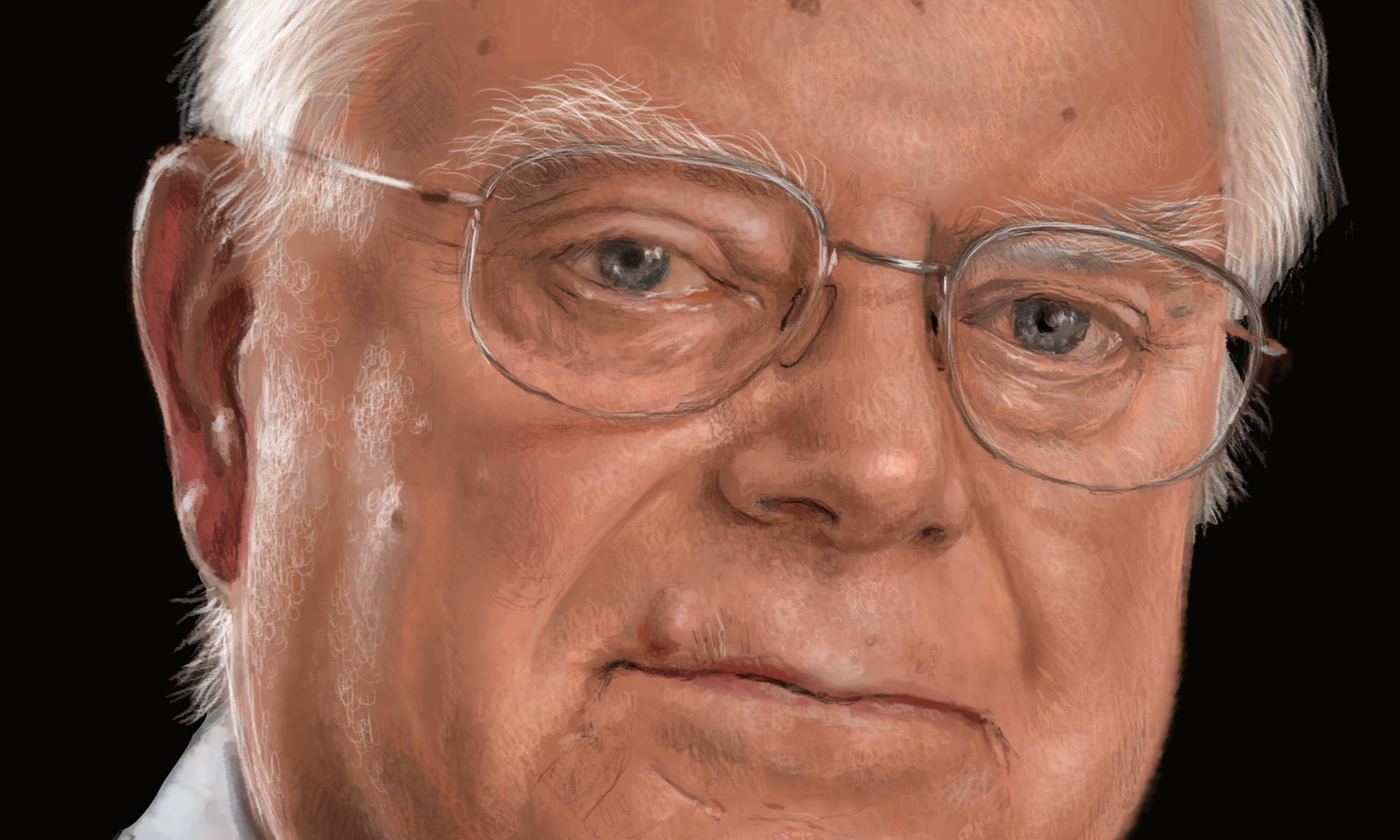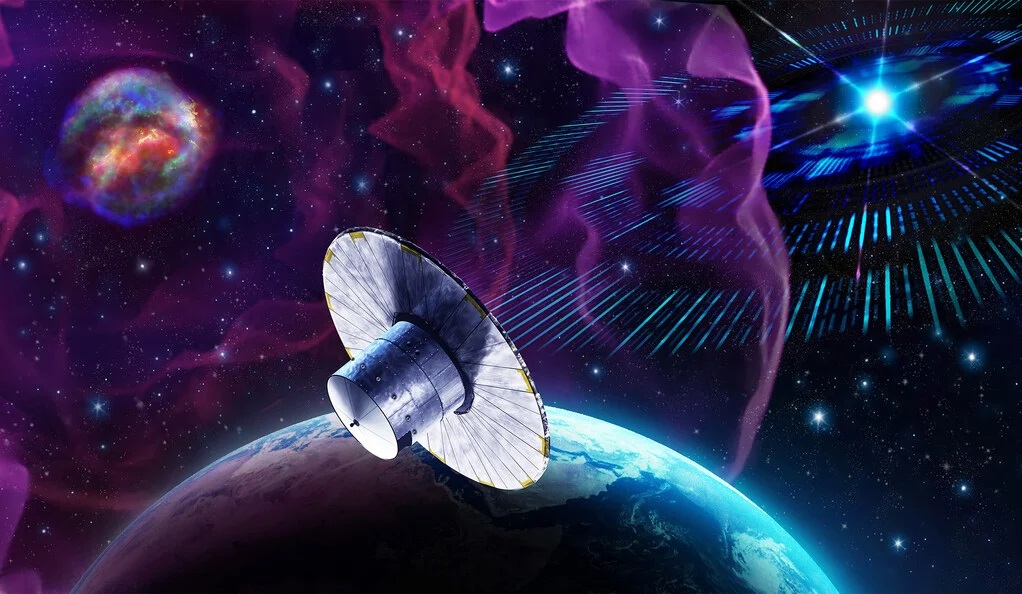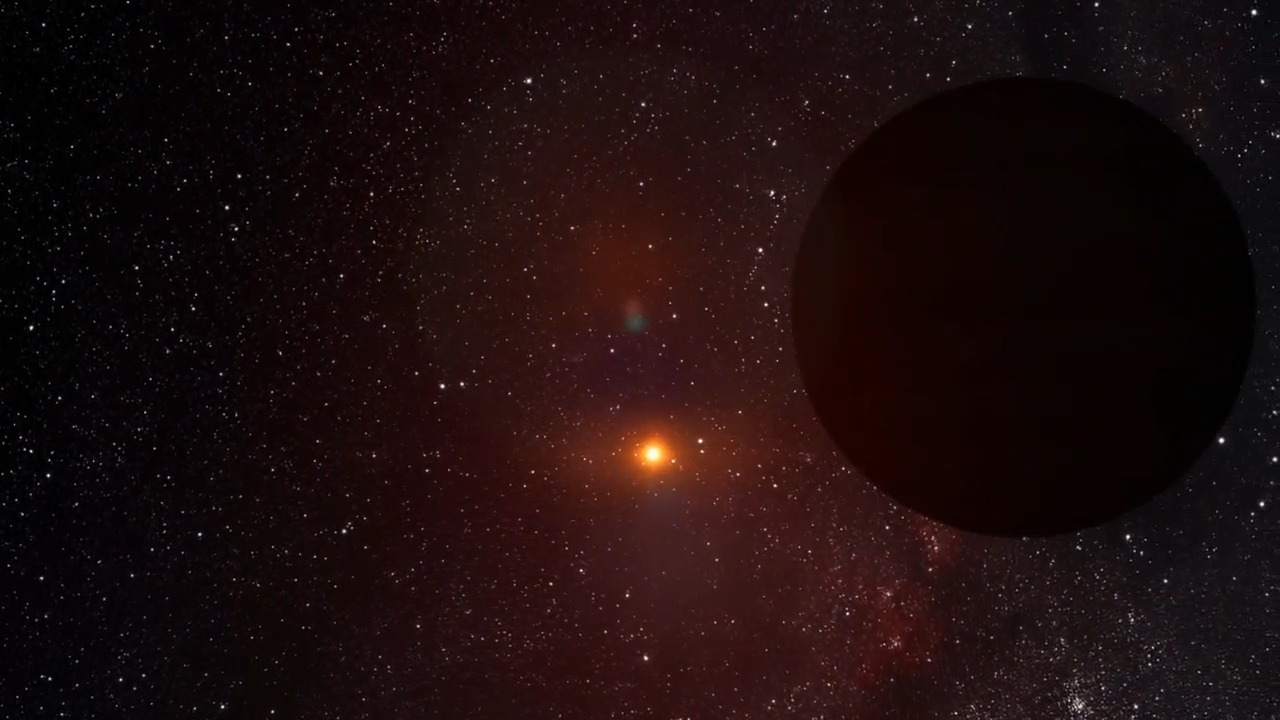In 1960, legendary physicist Freeman Dyson published his seminal paper “Search for Artificial Stellar Sources of Infrared Radiation,” wherein he proposed that there could be extraterrestrial civilizations so advanced that they could build megastructures large enough to enclose their parent star. He also indicated that these “Dyson Spheres,” as they came to be known, could be detected based on the “waste heat” they emitted at mid-infrared wavelengths. To this day, infrared signatures are considered a viable technosignature in the Search for Extraterrestrial Intelligence (SETI).
So far, efforts to detect Dyson Spheres (and variation thereof) by their “waste heat” signatures have come up empty, leading some scientists to recommend tweaking the search parameters. In a new paper, astronomy and astrophysics Professor Jason T. Wright of the Center for Exoplanets and Habitable Worlds and the Penn State Extraterrestrial Intelligence Center (PSTI) recommends that SETI researchers refine the search by looking for indications of activity. In other words, he recommends looking for Dyson Spheres based on what they could be used for rather than just heat signatures.
Continue reading “We Should Be Looking for Small, Hot Dyson Spheres”








